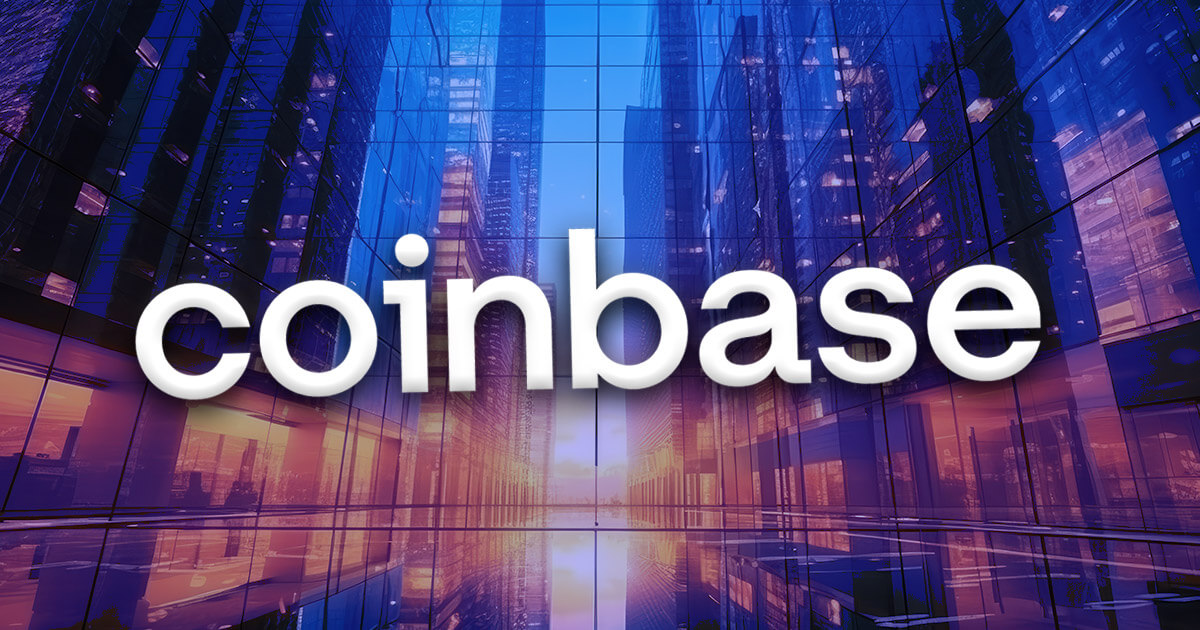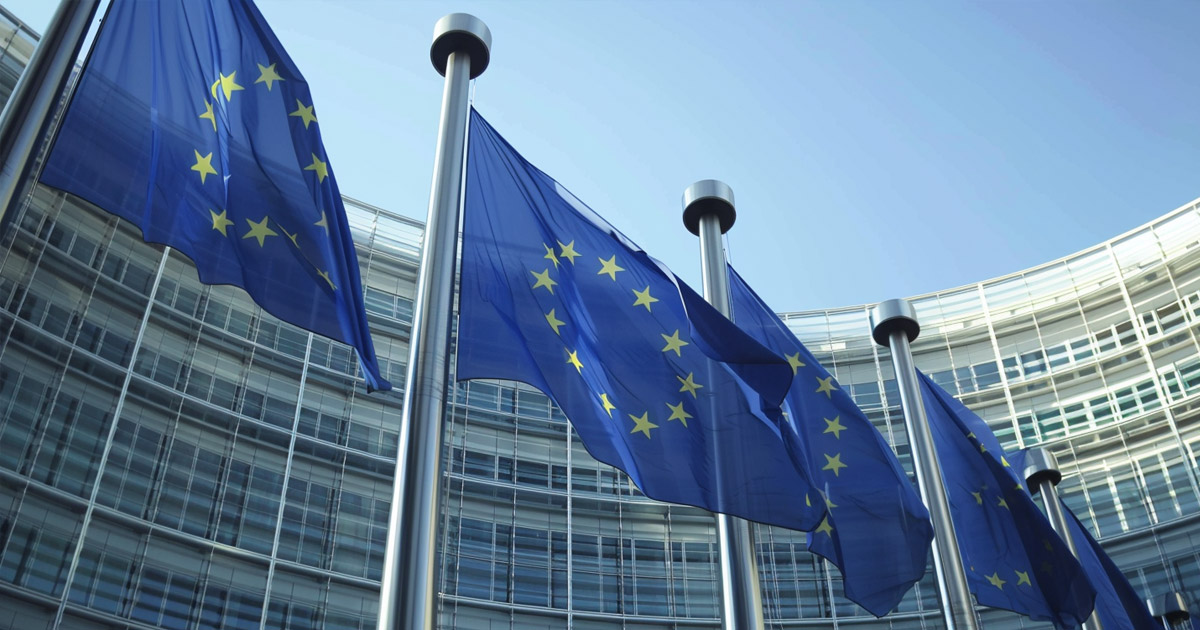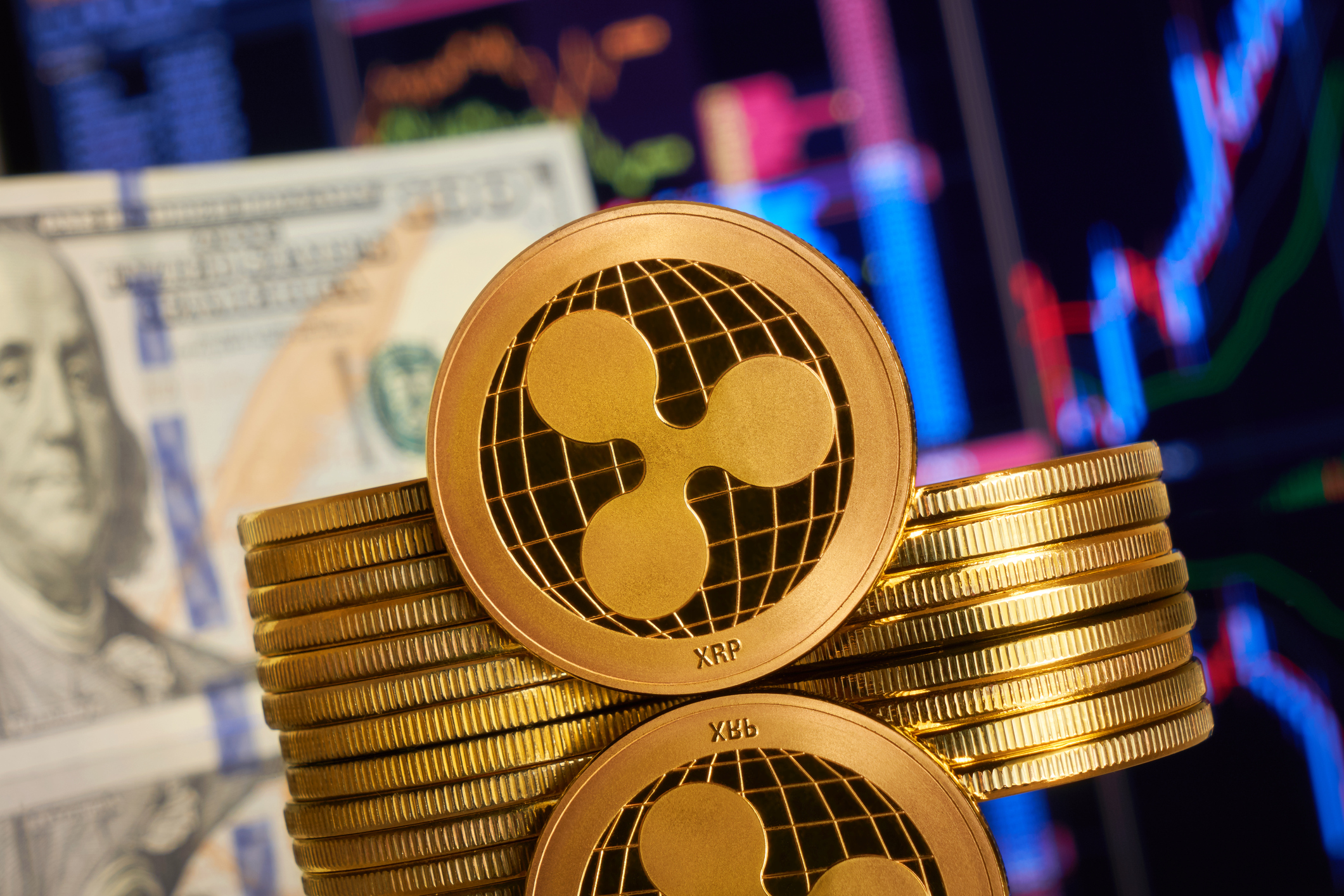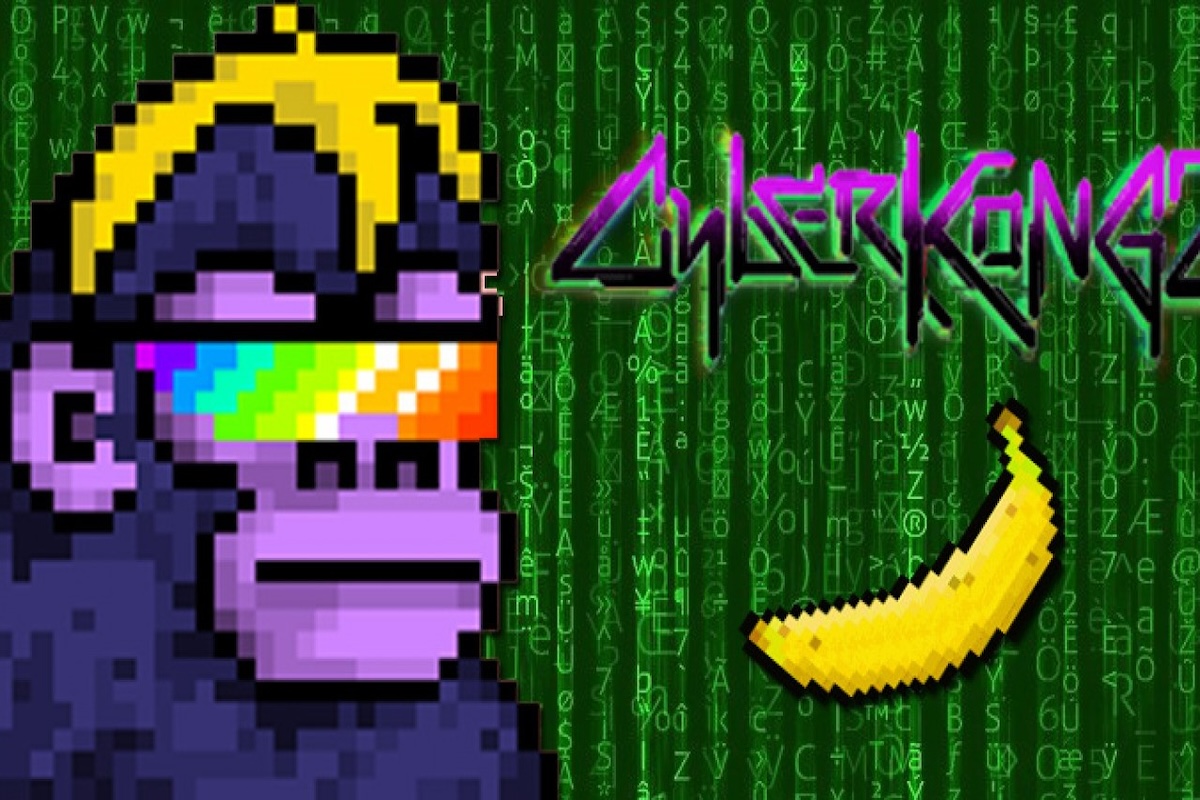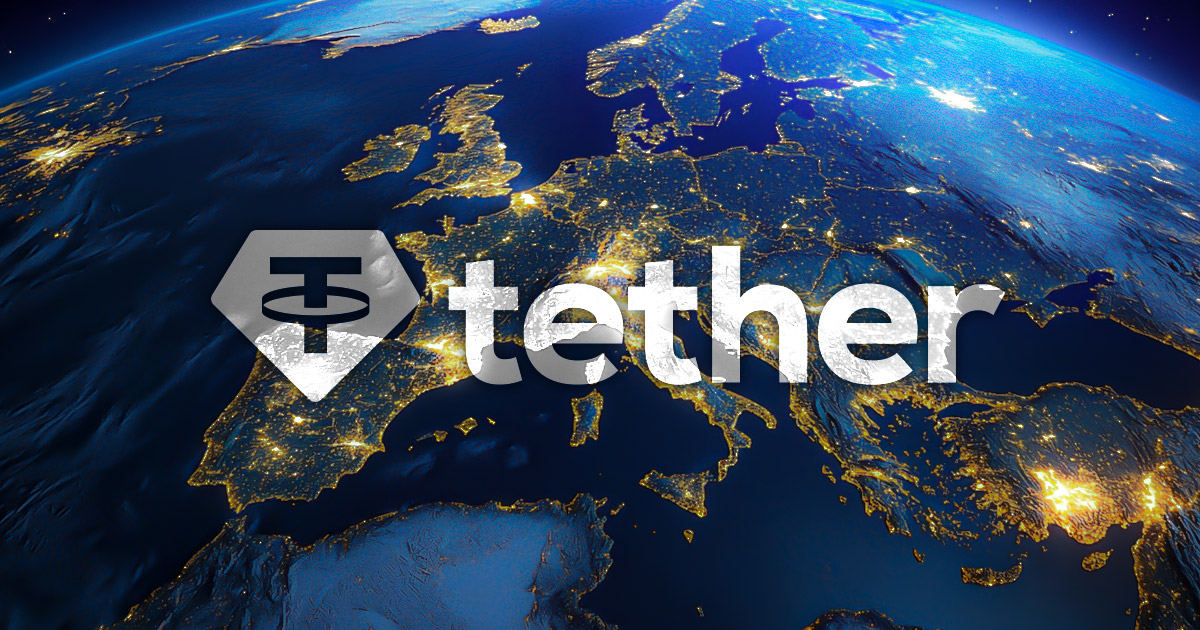The European Union’s Regulation 2023/1114 on Markets in Crypto-Assets (MiCA) marks a significant legislative step towards regulating the rapidly evolving crypto-asset market. Enacted on May 31, 2023 and enter into application in different phases until the end of 2024, MiCA aims to establish a comprehensive framework that ensures innovation and competition while safeguarding market integrity and consumer protection. This article delves into the key aspects of the regulation, its implications, and the rationale behind its implementation.
I want to preface this article by hereby stating that this article I neither financial nor legal advice. The purpose of this article is only informational. This article is just a summary and interpretation of this legislation from the viewpoint of a software developer. If you need legal advice, or need to meet certain compliance requirements, please contact a lawyer who specializes in this field.
With that being said, let´s dive into the first part, what MiCA even says. After that I will give you my opinion, from the view of a web3 developer, what this could mean for the industry.
The adoption of distributed ledger technology (DLT) and blockchain has revolutionized the financial sector, introducing crypto-assets as a new class of digital representations of value or rights. These innovations offer various benefits, including more efficient capital-raising processes and cross-border payments. However, the lack of a harmonized regulatory framework across the EU has posed significant risks, including market abuse, financial crime, and consumer protection issues.
Before MiCA, the regulatory landscape for crypto-assets was fragmented. Some crypto-assets fell under existing financial regulations, while others remained unregulated, leaving market participants exposed to risks. MiCA addresses this gap by providing a unified regulatory framework that ensures all crypto-assets and related activities are adequately regulated.
MiCA clearly defines the types of crypto assets covered under its scope. The regulation categorizes crypto assets into three primary types:
1. E-money Tokens (EMTs): These are crypto-assets intended to function as a means of payment and aim to maintain a stable value by referencing a fiat currency. EMTs are akin to electronic money under the E-Money Directive (EMD2). Issuers of EMTs are subject to similar regulatory requirements as e-money institutions, including authorization and prudential requirements.
2. Asset-Referenced Tokens (ARTs): These tokens aim to maintain a stable value by referencing multiple assets, such as a basket of currencies, commodities, or a combination thereof. ARTs are subject to stringent regulatory requirements due to their potential impact on financial stability and monetary policy. Issuers must publish a detailed white paper and obtain authorization from national competent authorities.
3. Other Crypto-Assets: This category includes all other types of crypto-assets that do not fall under the definitions of EMTs or ARTs. These can range from utility tokens, which provide access to a specific application or service, to investment tokens, which may resemble traditional securities. Issuers of these crypto assets must also publish a white paper but face less stringent regulatory requirements compared to EMTs and ARTs.
MiCA introduces several key provisions aimed at creating a secure and transparent market for crypto assets:
1. Issuer Requirements: Issuers of crypto-assets are required to publish a detailed white paper, like a prospectus in traditional finance, outlining essential information about the crypto-asset, the issuer, and the underlying technology. This requirement enhances transparency and enables potential investors to make informed decisions.
3. Crypto-Asset Service Providers (CASPs): MiCA establishes a regulatory framework for CASPs, including trading platforms, exchanges, and custodians. These entities must obtain authorization from national competent authorities and adhere to stringent operational and prudential requirements. This measure aims to ensure the integrity and security of crypto-asset services.
3. Consumer Protection: To safeguard retail investors, MiCA imposes disclosure and transparency obligations on issuers and CASPs. It also mandates that these entities implement robust mechanisms for handling complaints and resolving disputes.
4. Market Integrity and Stability: MiCA includes provisions to prevent market abuse, such as insider trading and market manipulation. It also addresses potential financial stability risks posed by widely adopted crypto-assets, particularly those that aim to stabilize their value relative to other assets (e.g., stablecoins).
5. Environmental Considerations: Recognizing the environmental impact of certain consensus mechanisms used in crypto-assets, MiCA mandates the disclosure of information regarding sustainability and adverse environmental impacts by issuers and CASPs. This promotes the adoption of more environmentally friendly practices within the industry.
MiCA’s implementation brings several implications for various stakeholders in the crypto-asset market:
Issuers of crypto-assets must comply with the new requirements, including publishing comprehensive white papers and adhering to disclosure obligations. While this may increase compliance costs, it enhances transparency and investor confidence, potentially leading to broader market acceptance and growth.
They also must keep in mind, how an asset is defined. For example, stable coins are defined as electronic money and are to be treated as such. NFTs on the other hand are seen as unique items which each have their own use case and character. They are excluded from this regulation. Partial ownership on the other hand automatically makes a Token be subject to regulation by MiCA.
Government and Central Bank issues Tokens are explicitly excluded from this legislation.
CASPs must obtain authorization and comply with stringent operational standards. This regulation ensures that only reputable and secure service providers operate within the EU, helping create a safer environment for investors and users.
Retail investors benefit from enhanced consumer protection measures, including better access to information and recourse mechanisms for resolving disputes. These provisions aim to build investor confidence and encourage participation in the crypto-asset market.
National competent authorities across the EU are tasked with overseeing compliance with MiCA. This harmonized approach facilitates cooperation and consistency in regulation, reducing the risk of regulatory arbitrage and ensuring a level playing field for market participants.
MiCA acknowledges the inherently global nature of crypto-assets and supports international efforts to harmonize regulatory approaches. The EU aims to collaborate with international organizations, such as the Financial Stability Board and the Basel Committee on Banking Supervision, to promote convergence in the regulation of crypto-assets.
The EU’s Regulation on Markets in Crypto-Assets (MiCA) represents a landmark step towards creating a secure, transparent, and competitive market for crypto-assets within the European Union. By addressing regulatory gaps, enhancing consumer protection, and promoting market integrity, MiCA lays the foundation for sustainable growth and innovation in the crypto-asset sector. As the market continues to evolve, MiCA’s framework will play a crucial role in shaping the future of digital finance in the EU and beyond.
If you want to access the full document, please visit EUR-Lex to download.
First of all, I again want to preface this by saying, that this is by no means a complete picture of this legislation and for a final verdict it has to be seen how the different EU members implement this into their own legislation. Just so you know, the English PDF version has 166 pages. I let ChatGPT do the heavy lifting in summarizing this document.
While I am, like probably many in this sector of technology more on the cautious side when it comes to government intervention, I still must acknowledge, that at least on the surface, it looks like this might provide more certainty for new projects. One thing which negatively affects the whole industry if governments are not predictable in their actions. How the SEC in the United States for example acted on many occasions is just one example of how it should not be.
While more legislation always bears the risk of overreach, it is still needed to outline the boundaries of what projects can do. As a developer, this means, that legislation can decide whether I can develop in Web3 at all, if there will be a market for my knowledge or on a less drastic form, how I must do my work. Uncertainty is always difficult and hinders growth.
Some aspects mentioned in this document caught my eye. One thing, which will affect developers, is the definition of asset classes based on their use case. NFTs for example don´t fall under this regulation as I understand it, but Tokens with partial ownership or fungible characteristics do. This means, that developers and project shareholders must consider their use case and adjust their strategy accordingly. Otherwise, I could see issues arising from the use of some Token Standards.
What also caught my attention is the mention of crypto assets which are issued by a government, or central banks being explicitly excluded from this regulation. This raises the question, why. There could be a lot of reasons, some concerning, some not so much, but that would just be speculation. I think we just have to see how this turns out, especially regarding CBDCs.
In conclusion, I think, that everyone in the web3 space should try their best to understand what legislation is passed in order to know how the industry is evolving and how governments react to new developments. While in my opinion the contents of this document are mostly a step in the right direction, it remains to be seen how future legislation will determine the future and shape of Web3. While this legislation affects EU-Countries, it also remains to be seen how other governments will regulate this industry.
Credit: Source link




